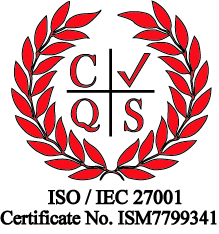A gap between IT and broader business strategy is often impacted when IT expenses misalign with corporate objectives.
Leadership demand new technologies while IT budgets struggle to cover basic operational needs, therefore IT and Finance teams must make smart budgeting decisions that improve efficiency, reduce costs, and maximise technology investments.
Evaluate IT Investments Across the Organisation
Managing IT investments has become increasingly complex. Organisations must navigate everything from mobile contracts to large-scale infrastructure, with costs often spread across various systems. A centralised system for tracking all IT expenditure provides leaders with a clear understanding of spending, enabling more efficient resource allocation and cost management.
Examining both direct and indirect IT costs—such as hardware, software, personnel, and maintenance—can reveal inefficiencies and highlight opportunities for savings. A comprehensive review ensures that IT investments align with organisational objectives and deliver maximum value.
Shift Focus from Maintenance to Innovation
A clear view of IT costs enables organisations to shift their focus from routine maintenance towards fostering innovation. IT’s role should evolve from simply maintaining systems to driving business outcomes and improving customer experiences.
Reallocating resources towards emerging technologies can enhance productivity, improve customer interactions, and open up new revenue streams. Prioritising innovation ensures IT remains a strategic enabler in an ever-evolving digital landscape.
Align IT Expenditure with Strategic Objectives
To maximise impact, IT spending must align with an organisation’s long-term strategic goals. Collaborating with stakeholders to prioritise high-value initiatives ensures resources are directed towards projects that drive growth and digital transformation.
This alignment allows IT and Finance teams to distribute resources effectively across operational categories (CapEx/OpEx) and IT requirements (applications, infrastructure), supporting both day-to-day efficiency and future business development.
Track Progress and Measure Results
The success of any plan relies on monitoring progress and measuring results. Establishing key performance indicators (KPIs) provides a framework for evaluating the performance of IT investments. Regularly reviewing these metrics ensures strategies remain adaptable to changing organisational needs.
Tracking project timelines and Service Level Agreements (SLAs) helps assess whether IT services are being delivered on time and within budget. Ongoing monitoring ensures IT initiatives stay on track and continue to support business objectives.
Conclusion
By adopting these four key strategies, IT and Finance leaders can develop a flexible, data-driven IT investment plan that addresses immediate operational demands while preparing the organisation for future growth in a rapidly changing technological and business environment.

 Australia
Australia Canada
Canada LATAM
LATAM New Zealand
New Zealand UAE
UAE United States
United States








